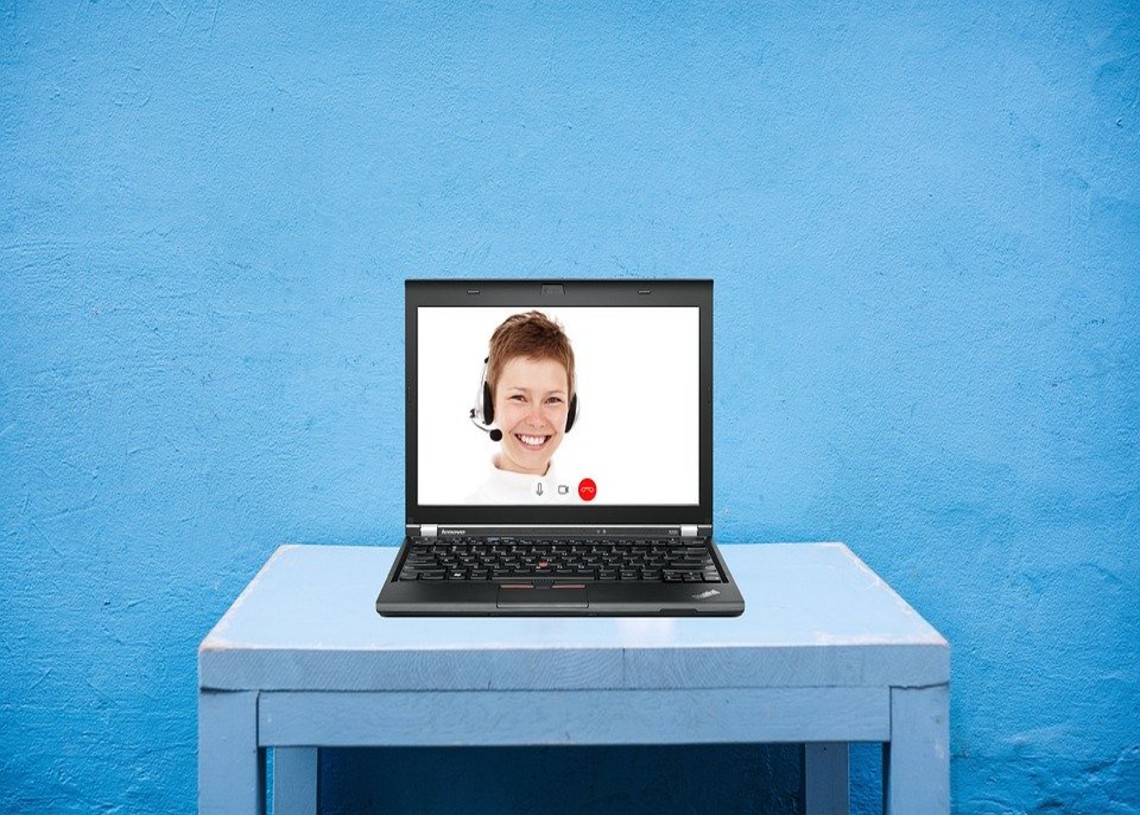The coronavirus pandemic has led to a change in view of virtual learning by most college instructors. Schools have also faced difficulties migrating to virtual learning with minimal infrastructure available.
The migration from in-person learning to virtual learning for most universities was impromptu. Infrastructure to conduct these classes was almost non-existent and there were no protocols for immigration in times of an emergency.
However, when the coronavirus pandemic started spreading globally, universities were forced to shut down in-person tutoring and implement virtual learning. The adoption of the technology by the college instructors was also expected to be swift.
College instructors views on virtual learning
In a small survey conducted by Primary Research Group (PRG) that involved interviews with 73 college instructors, they found out that, before coronavirus forced lockdowns for these schools, 6 in 10 instructors had at some time interacted with virtual learning.
The survey also showed that only 22 percent of these college instructors had been swayed by the migration to virtual learning and had a high opinion of the technology. 40 percent of those interviewed indicated that the technology was not as efficient as an in-person and therefore they did not regard it highly.
Problems during digital migration
The survey highlighted the difficulties these instructors are going through and how it has been hard for them. In a matter of weeks, they were required to fully migrate to new platforms they had no knowledge about. The scheduling and modus operandi of the program was also different from what they were used for. Lack of resources capable of handling large online classes seamlessly was also a concern for these tutors.
The survey also laid it bare that most of the tutors required help in adapting to new technologies. The eagerness to return to normal was high in most colleges.
The RPG poll showed that 55 percent of college instructors said the classes will almost be exclusively online, with 14 percent saying their classes will be in person and another 15 percent be exclusively in-person learning.
The post-pandemic learning will see changes in the way universities approach education. Edutech companies will also see growth as universities build infrastructure based on the experience they have acquired during the lockdowns.
Featured image by Unsplash







